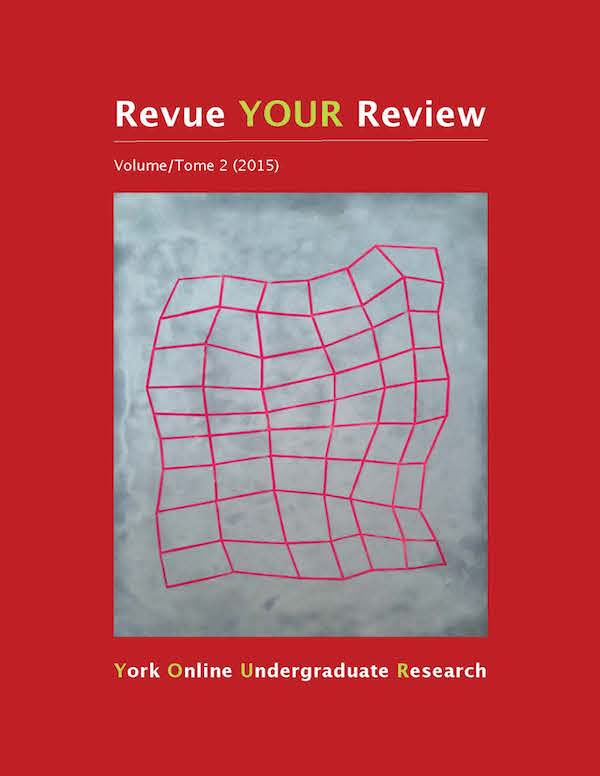Understanding Canada's Physician Supply Through the Lens of Distribution, Gender, and Age
Résumé
Canada currently has more physicians than at any point in its history, yet there is a belief that there is a shortage particularly in the area of general or family physicians. This has been kept in the forefront of public discourse by the mainstream media which fuels public paranoia that the healthcare system is “not what it used to be.” Much of this debate stems from a series of policy changes made in the 1980s and early 1990s, which by the end of that decade left the impression that it was a system in peril. Government responded by expanding physician resources, which increased the physician population ratio almost 17% from 1993 to 2011, and 30% compared to 1980. This paper seeks to determine why the perception of physician shortages continues despite the record levels of total and per-capita physicians. To answer this, a critical examination of physician activity in three areas—location, gender, and age—was conducted. The results show a sharp decline in the number of hours available for direct care as a result of an ageing, and increasingly female, work force. Results also indicate that the location of physician practice—urban or rural—has an impact on the perception of physician shortage, with rural populations having access to significantly fewer physician resources. The paper concludes that, from a policy perspective, Canada must move beyond absolute numbers and ratios in the evaluation of physician resources, and instead focus on how many direct-care hours are actually available for patients.
Téléchargements
Comment citer
Numéro
Rubrique
Licence
Les auteurs qui contribuent à la Revue YOUR Review acceptent de publier leurs articles selon une des trois catégories de la licence 4.0 : Creative Commons Attribution 4.0 International; Creative Commons Attribution-Pas d'Utilisation Commerciale 4.0 International; ou Creative Commons Attribution-Pas de Modification 4.0 International. Tout contenu éditorial de ce site ainsi que les affiches et les résumés sont sous la licence Creative Commons Attribution-Pas de Modification 4.0 International. Pour plus d’informations, veuillez voir :
https://creativecommons.org/licenses/
Dans tous les cas, les auteurs conservent leurs droits d’auteurs et concèdent à la Revue YOUR Review le droit de première publication. Les auteurs peuvent, par la suite, conclure d’autres accords de distribution non exclusifs de la version publiée dans ce périodique (par exemple, l’afficher à un dépôt institutionnel ou le publier dans un livre ou dans un autre périodique) à condition que la reconnaissance fasse mention de la publication originale dans la Revue YOUR Review.


